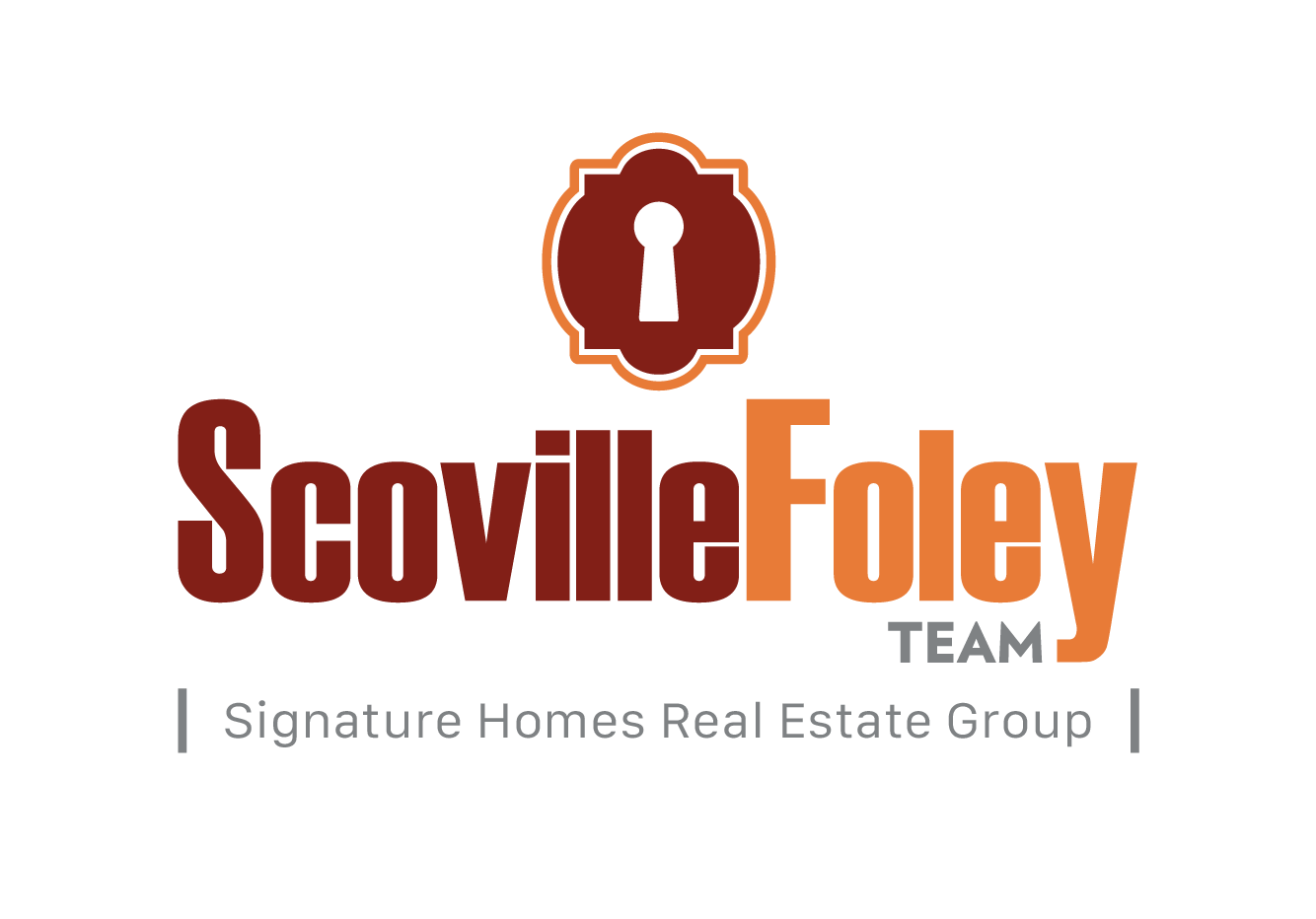5 Neighborhood Amenities That Increase Your Home’s Value
Ask anyone the first rule of real estate and they’ll likely respond, “location, location, location.” Why is that? Location is critically important because it influences almost every aspect of your property, and it’s the one feature that you truly can’t change.
Whether you’re buying or selling, the first thing you should consider is what the property’s neighborhood has to offer. Buying? The neighborhood’s amenities are the features you’re going to be able to enjoy while you’re living in the area—and they’re also going to help increase or decrease your property’s value over time. Selling? You can use the neighborhood’s offerings to price your home appropriately and highlight them in your listing to attract more buyers.
Which neighborhood amenities add the most value to your home? Check out these five.
#1: Mature trees
Mature trees are beautiful, beneficial, and highly valuable. It takes decades to grow them, and the advantages they provide extend far beyond aesthetics. Areas with mature trees enjoy more shade, cleaner air (National Library of Medicine), and lower energy bills (USDA.gov)—as well as providing locals with improved mental and physical health.
It’s no wonder that mature trees improve property values so much. Whether your home has its own trees or the surrounding neighborhood is filled with them, mature trees can increase property value by up to 15%. Keep this in mind when selecting your next home—and if the property you’re selling has mature trees, don’t forget to feature them in your listing details and photos.
#2: Walkability
In a fast-paced world where we increasingly try to balance convenience and health, the ability to access amenities without a car or other means of transportation has become more desirable. A “walkable” neighborhood is one with safe sidewalks and nearby amenities like grocery stores, banks, post offices, restaurants, parks, and schools. Being able to run errands on foot allows you to introduce more physical activity into your life while reducing your carbon footprint and getting you some sunshine and fresh air. The idea of “high walkability” implies that many people could walk in that neighborhood comfortably and safely—but it’s also a good metric for those using scooters, wheelchairs, and other assistive devices to determine the closeness of amenities and the quality of sidewalks and paths.
How much does walkability increase property value? According to Redfin, “In U.S. cities, homes within walking distance of schools, shopping, parks and other urban amenities sell for an average of 23.5%, or $77,668, more than comparable properties that are car dependent” (Redfin).
#3: Dog parks
Dog parks might feel like an oddly specific amenity that would increase home value, but the truth is that more people in the U.S. have dogs now than ever before. In 2017, 48.3 million U.S. households reported owning a dog. In 2023, that number is 69 million, which represents an increase of 43%. Additionally, people are trying to spend more time outside. One survey showed that the average American spends 21% more time outdoors now than they did at the start of the pandemic, which increases demand for safe outside space—especially in cities. As a result, houses located conveniently to dog parks become more valuable, and home prices in those areas rise.
As Trulia recently reported, dog parks also raise neighborhood home values by improving an area’s sense of community. Neighbors enjoying clean and well-kept dog parks “make a neighborhood look and feel friendlier.” That’s a big plus for buyers looking for their next home—whether they have dogs of their own or not. Another plus—even if you don’t have a dog? Former chief economist with Trulia Ralph McLaughlin noted that due to the rise in their desirability, “Dog parks may also play a role in helping sustain relative value in neighborhoods with them compared to those without.”
#4: Nearby essentials
The essential services like healthcare, education, and shopping within a neighborhood play a significant role in its desirability and the value of its homes. This factor is similar to walkability—but it has more to do with the quality of amenities than it does with how you get there. Homes in well-rated school districts, close to quality healthcare centers, and near well-stocked grocery stores tend to be more attractive to potential buyers. These nearby essentials not only make daily life more convenient but also add to the long-term appeal and value of your property.
#5: Future amenities
While the existing neighborhood amenities greatly influence property values, don't underestimate the potential impact of future development. A well-planned and growing community is more likely to see increased property values over time, with community improvements like parks and trails, new shopping centers, and the addition of recreational facilities bringing and sustaining higher values. Savvy homebuyers and investors keep an eye on neighborhood development plans and the potential for future amenities, as they can be a strong indicator of the area's long-term growth and value appreciation.
The perfect location
Whether you’re looking to buy a home in your ideal location or you want to sell a property in a desirable area, get in touch. Our team of experts is standing by to help you achieve your goals in this market.




